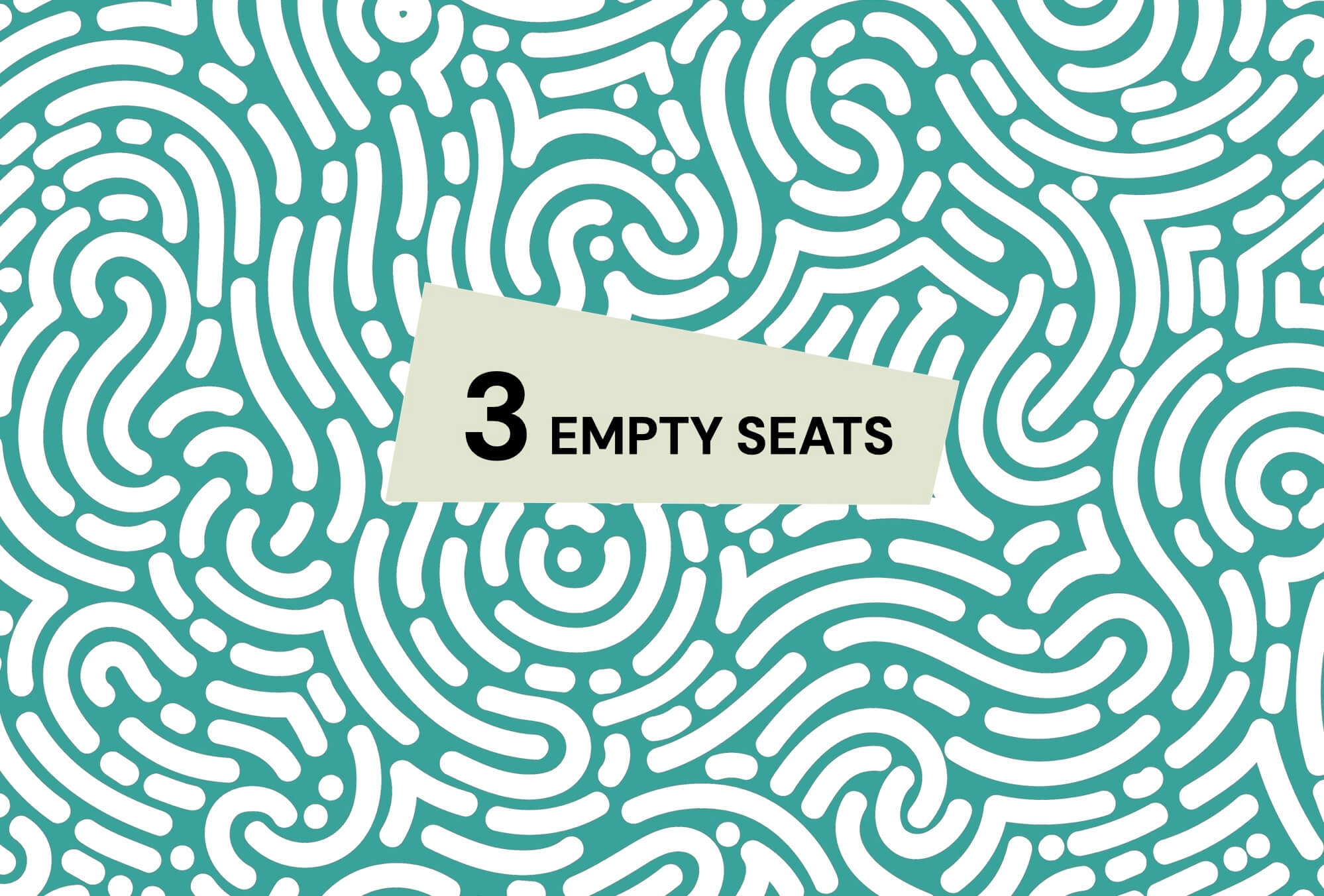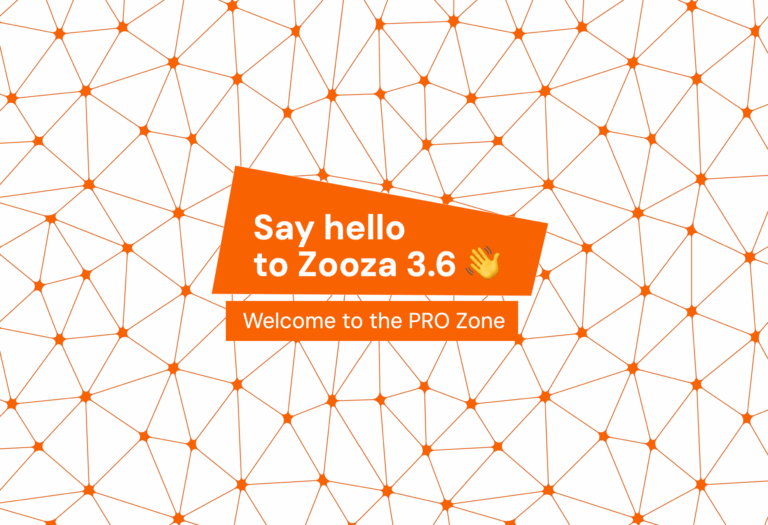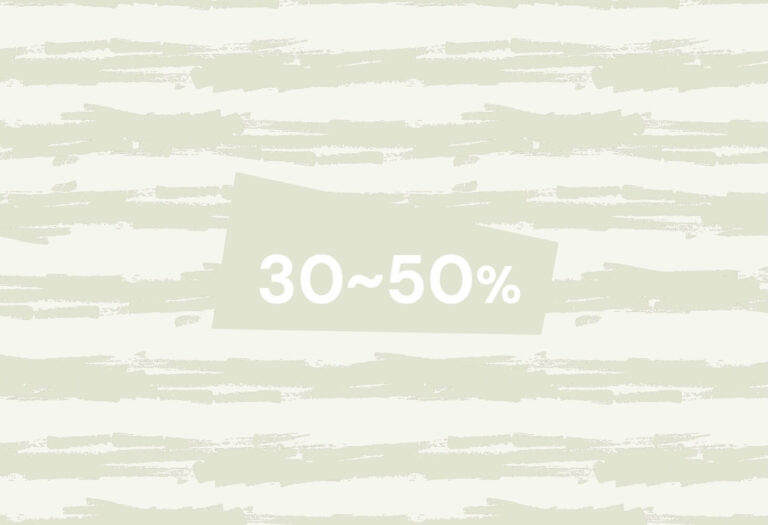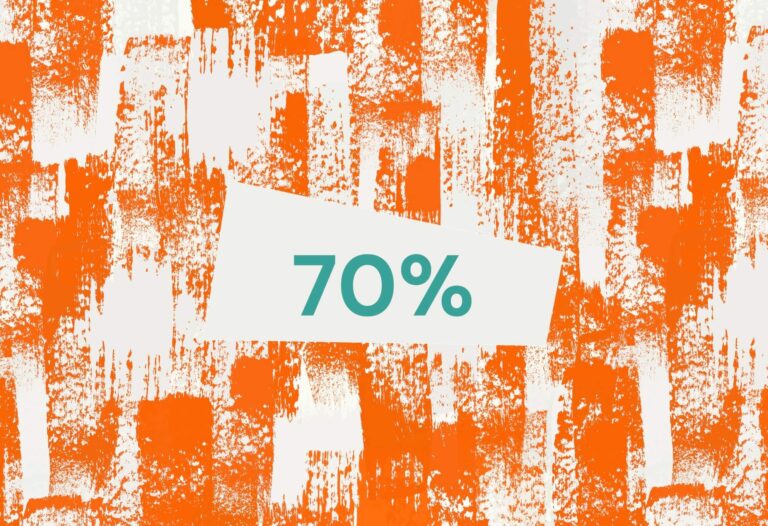Sometimes, it’s the small things that hold the biggest potential.
As a children’s activity provider, you’ve probably spent hours thinking about opening a new location, hiring new instructors, or launching new courses. These are exciting (and big) decisions—but while your eyes are on expansion, you might be overlooking something much simpler and far more profitable: filling the empty seats in your current classes.
It might seem like a detail, but those three unfilled spots? They’re silently draining your revenue every month.
The Insight: A Nearly Invisible Revenue Leak
Imagine this:
You run a weekly class with 12 kids. The class capacity is 15. On paper, it looks almost full. But those 3 empty spots represent a 25% gap in revenue—with nearly no additional cost to fill them.
Let’s break it down with a real-world example:
| Class Capacity | Children Enrolled | Monthly Fee per Child | Monthly Revenue | Annual Revenue |
|---|---|---|---|---|
| 15 | 12 | €40 | €480 | €5,760 |
| 15 | 15 | €40 | €600 | €7,200 |
Lost opportunity: €1,440 per class, per year.
Multiply that by 4 similar under-capacity groups and you’re looking at nearly €6,000 of pure potential profit left on the table.
Why You Should Start Here Before Expanding
Filling existing classes:
- Costs nothing in rent or staff hiring
- Is faster to implement than launching a new course
- Increases profitability per class
- Requires fewer resources and less risk
If you’ve got three empty seats across five different classes, that’s 15 seats waiting to be filled. Think of it not as “three here and there” but as an entire class’s worth of revenue lost every term.
Step 1: Track It Like a Pro
You can’t fix what you don’t track. Start by reviewing all your current classes and sort them by the number of available seats.
🎯 Focus on classes with 2–4 empty spots. These are easiest to fill and show the highest return with the least effort.
If your admin system allows it (like Zooza does), set up an automated dashboard or report that highlights under-capacity groups. Make it a weekly habit to review and act.
And don’t forget: sometimes, low attendance is not about demand but about other hidden issues—like an unmotivated instructor or inconvenient timing. Go beyond numbers and look at context.
Step 2: Give Parents a Reason to Help
Your current clients are your best sales team. Use them.
Try something like:
“🎁 Bring a friend and you both get 20% off next month’s fee.”
Or:
“👧👦 Invite a sibling and get a free branded water bottle.”
This isn’t just a gimmick. Word-of-mouth is still the most effective marketing strategy, especially in local, trust-based communities like children’s activities.
Step 3: Targeted Marketing for the Win
Instead of throwing ads everywhere, aim precisely.
- Send a short, friendly email to your client base about the courses that still have space.
- Highlight the benefits of smaller group sizes and individual attention—just until those seats are full.
- Post on social media specifically about those under-filled groups.
Bonus tip: Use your software’s client tags or filters to find parents who almost enrolled or showed interest in a similar course last season. Follow up.
The Future? Let AI Do the Nudging For You
It won’t be long before your system automatically flags under-capacity groups and says:
“Hey, you’ve got 3 seats empty in Monday’s class. Want me to suggest a social post, write an email to your client list, or recommend who to contact based on past interest?”
😎 This is not a dream. Zooza’s smart assistant will soon make this your new normal.
Final Thought: It’s Not Just About Growth. It’s About Smarter Growth.
Professionals in the children’s activity space often say the same thing: It’s not always about launching new programs. It’s about making the most of what you already have.
So before you plan your next expansion or hire another instructor, go back to your dashboard. Check your empty seats. Those 3 forgotten spots could be your biggest win this term.
If you’re a Zooza user, we’re already helping you track this. If not—maybe it’s time to stop letting those 3 empty seats go unnoticed.

















